 Abraham Lincoln
If given the truth, the people can be depended upon to meet any national crisis...
Abraham Lincoln
If given the truth, the people can be depended upon to meet any national crisis...
 Guildford news...
for Guildford people, brought to you by Guildford reporters - Guildford's own news service
Guildford news...
for Guildford people, brought to you by Guildford reporters - Guildford's own news service
Birdwatcher’s Diary No.304
Published on: 18 May, 2024
Updated on: 19 May, 2024
By Malcolm Fincham
A few days of unsettled weather to begin the month of May turned more clement as high pressure began to build and temperatures moved up into the low 20c with, at last, a few periods of pleasant sunshine.
Continuing my quest, mostly at my local habitats around Guildford and parts of Surrey, attempting to find new emergence and arrivals of wildlife, I continued optimistically with my ventures.
To start the month at the Riverside Nature Reserve near Burpham, I was pleased to have my first encounter of a group of newly fledged long-tailed tits.
A few blackcaps could still be heard singing.
And treecreepers could be picked out climbing mouse-like up a tree bark near the boardwalk.
By Stoke Lake, two pairs of Canada geese had now produced families of goslings and could be seen herding them in a crèche between them.
Previous weeks of damp weather had forced a common frog out, traversing the footpath looking for a more moist dwelling to reside.
A few green-veined white butterflies continued to be seen on the wing.
Holly blue butterflies also gave me a few photo opportunities.
And a peacock butterfly settled on a bluebell still in flower along the towpath.
On May 2 I visited Thursley Common with old school-time friend David Rose, hoping to point out some of the species I had previously seen on recent visits.
We only heard a brief song from a common redstart, as well as from a willow warbler, plus a distant call of a cuckoo on our time-limited excursion around the heath.
However, we did see several tree pipits, one of which could was displaying its characteristic flight pattern.
A few common whitethroats continued to sing their ‘scratchy’ songs.
And woodlarks could still be viewed.
On May 3, I spotted my first pair of local swifts had arrived back from Africa and were now hawking the skies of Stoughton for insects.
Concerns grew for me during the following days, however, seeing just a maximum of five swifts from my garden. However, by May 12 a more respectable 10 could be counted screaming low in formation over the rooftops as the evening sunlight began to fade.
Early attempts to see wood white butterflies at Chiddingfold Forest on May 4 proved unsuccessful, on my first visit this year, in the company of Bob and Dougal.
However, a few other species of birds and insects did take our interest during our visit.
At the entrance to the forest the first sounds to welcome us were of a garden warbler and a nightingale. the latter that remained incognito within the surrounding foliage.
On starting our walk, I picked up on the sound of firecrest. And with some patience was able to seek it out just a few feet from the track.
Due to the weather having become overcast after what had been a pleasant sunny morning, very few butterflies were on display. Sometimes mistaken for butterflies, there were, however, plenty of daytime flying speckled yellow moths on the wing.
A nice find by Bob was a crab spider.
This was the first I had seen and photographed for nearly a decade when I had pictured one that had just captured a bee.
Although thought to be fairly common in the area, they can easily go unnoticed as they can change colour to match their surroundings, thus making them, even at a close range, difficult to recognise as they use their camouflage to capture prey.
Another interesting insect he found was a Minotaur beetle, belonging to the family of earth-boring dung beetles.
This critter apparently gets its scientific name from Greek mythology.
In Greek myth, the Minotaur was a monster with the head of a bull and the body of a man who was imprisoned in a dark underground labyrinth at Knossos on the Aegean island of Crete.
About us at least five separate nightingales could be heard in song. Most elusive by nature (especially there) I was fortunate to photograph one with its back to me.
A lone circuit of Farlington Marshes near Portsmouth on May 7 allowed me a few additions to this year’s photos.
Spells of sunshine produced a few improvements in the way of pictures taken there earlier in this year.
‘Jamming’ in on a little tern fishing near the seawall was probably my best sighting of the day.
While several common terns could also be viewed in an area known as ‘the deeps’.
Groups of oystercatchers in flight could be heard calling, while a small gathering of them could be view on a gravel mound, on the ‘deeps’.
And a handful or so of Mediterranean gulls could be picked out among the black-headed gulls.
Several common whitethroats could be heard and seen during my circular walk around the reserve.
Also adding a lesser whitethroat in song in a clump of bushes close to the seawall.
On Pewley Down, Guildford, on May 8 I was back on the trail of adding a few more new species of butterflies to this year’s sightings.
Green hairstreaks had now started to emerge, finding a good count of a least 10 while traversing the hillside.
Also adding my first small heath butterfly of this year.
Looking across the valley in the direction of the Chantries, a pair of common buzzards could be viewed gliding gracefully below, adding to the day’s delights.
While in the fields on the northern side of the downs a few skylarks could be seen and heard in song.
Once having a ‘close-season’ between mid-March and mid-June, Britten’s Pond had now become like many other local angling waters and was, for its first year, opened to all-year fishing.
Sensibly, on May 9 the waters were closed to anglers for several days as fish were noticeably starting to spawn.
Unusual to see there at this time of the year were two drake and a female tufted duck, which had been seen on the pond during the previous month. Even more surprising to me was to see one of the males mating with the female.
Several families of greylag geese had now begun to appear about the pond with broods of goslings.
A kingfisher was now making a fairly regular return to the pond, although not yet perching up close enough for to me to get a decent picture.
With fewer disturbances from visiting anglers, cormorants seemed to be more regular in their visits.
While the occasional visits of swallows could be observed.
Although now silent, chiffchaffs could still be viewed.
However, the sounds of families of long-tailed tits could now be heard and seen.
A late evening visit with Dougal to Whitmoor Common allowed us our first sightings of nightjars this year.
For an added bonus two woodcocks graced me with their presence as they came ‘roding’ overhead.
A return to Chiddingfold Forest on May 11 finally allowed us our first sightings of wood white butterflies, counting a good two dozen on our transit through the forest.
Speckled yellow moths continued to be seen as they fluttered past, but the only other species of butterfly I could find to photo was one of a dozen or so brimstones.
Although garden warblers were still singing, they had become more evasive to photo than on our previous visit.
However, I as able to achieve a better picture of one of those ever elusive nightingales, still serenading us with a full rendition of song.
And a blackcap allowed me a few photos as it sang in a tree nearby.
Once again elusive to my camera was a cuckoo that could regularly be heard calling within forest.
A small conciliation was to add a marsh tit to our day’s sightings as we returned to the car.
Revisiting the Riverside Nature Reserve, I added a second male reed bunting singing from an area close to the boardwalk.
A rather showy sedge warbler could also be seen and heard close to Stoke Lock.
While by Stoke Lake, I was able to capture a few photos of one of at least five quite elusive reed warblers singing.
As well as a brief sighting of one of the Cetti’s warblers about the reserve.
And adding a few banded demoiselles now out on the wing along the River Wey.
Responses to Birdwatcher’s Diary No.304
Leave a Comment Cancel replyPlease see our comments policy. All comments are moderated and may take time to appear.
Recent Articles
- Letter: I Do Question the Claim That Brexit Is Has Been a Disaster
- PTSD Woman Frustrated with Guildford Council House Wait
- Birdwatcher’s Diary No. 306
- Letter: We Need Closer Cooperation with Europe
- Letter: Not Considering Barge Transportation Is Another Missed Opportunity
- Dragon Interview: Conservative Candidate Angela Richardson
- Notice: Affordable Room Hire Guildford Institute
- Hustings Event with Focus on Environment Issues
- Dragon Interview: Reform UK Candidate Dennis Saunders
- A Brief Look at Changes in Guildford’s Local Government History


Recent Comments
- Roger Main on Letter: I Hope My Pessimism About the Debenhams Demolition Is Unfounded
- Bibhas Neogi on Letter: Not Considering Barge Transportation Is Another Missed Opportunity
- Mike Smith on Letter: We Need Closer Cooperation with Europe
- Olly Azad on ‘Name the New Road Bridge’ Competition for Ash Residents
- Helena Townsend on Letter: Not Considering Barge Transportation Is Another Missed Opportunity
- Jim Allen on Letter: Not Considering Barge Transportation Is Another Missed Opportunity
Search in Site
Media Gallery
Dragon Interview: Local Artist Leaves Her Mark At One of England’s Most Historic Buildings
January 21, 2023 / No Comment / Read MoreDragon Interview: Lib Dem Planning Chair: ‘Current Policy Doesn’t Work for Local People’
January 19, 2023 / No Comment / Read MoreA3 Tunnel in Guildford ‘Necessary’ for New Homes, Says Guildford’s MP
January 10, 2023 / No Comment / Read More‘Madness’ for London Road Scheme to Go Ahead Against ‘Huge Opposition’, Says SCC Leader
January 6, 2023 / No Comment / Read MoreCouncillor’s Son Starts Campaign for More Consultation on North Street Plan
December 30, 2022 / No Comment / Read MoreCounty Council Climbs Down Over London Road Works – Further ‘Engagement’ Period Announced
December 14, 2022 / No Comment / Read MoreDragon Interview: GBC Reaction to the Government’s Expected Decision to Relax Housing Targets
December 7, 2022 / No Comment / Read MoreHow Can Our Town Centre Businesses Recover? Watch the Shop Front Debate
May 18, 2020 / No Comment / Read More




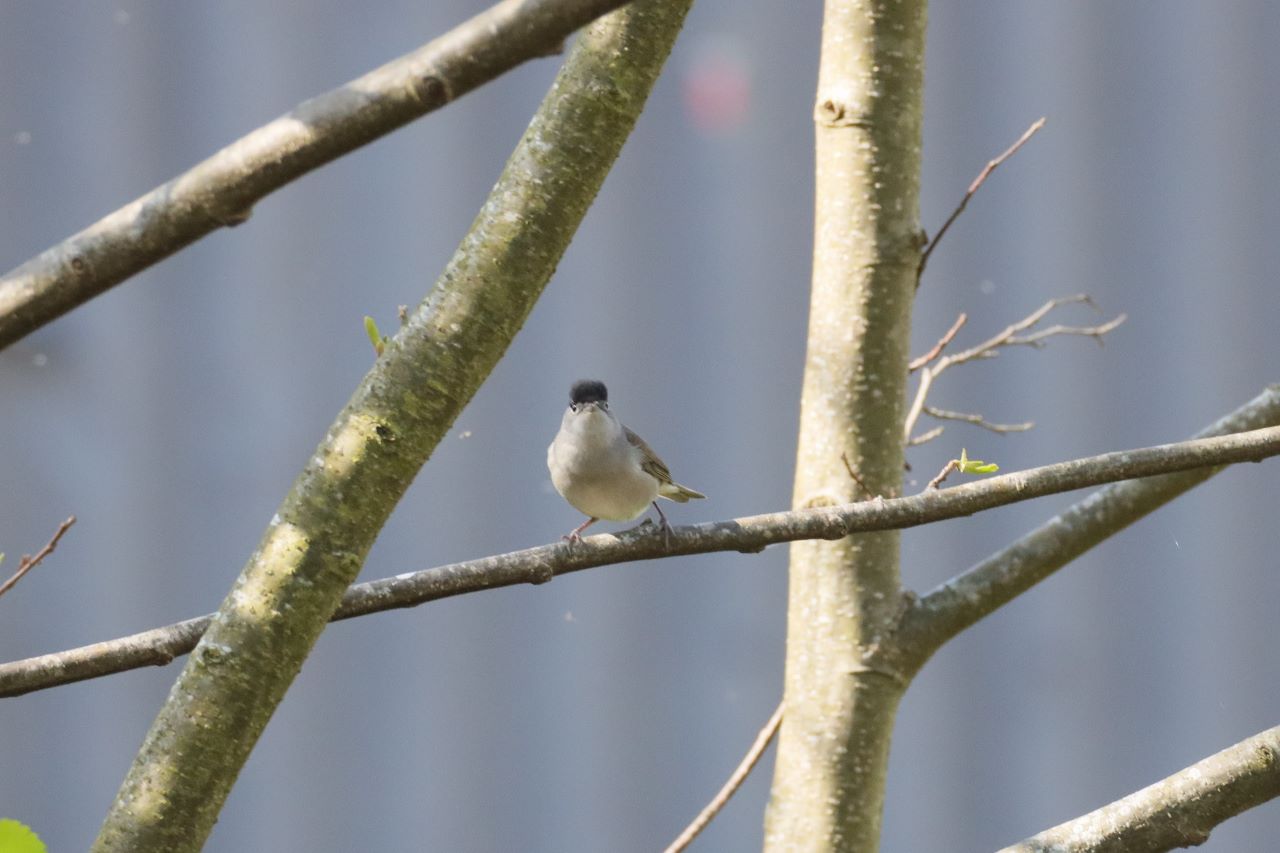


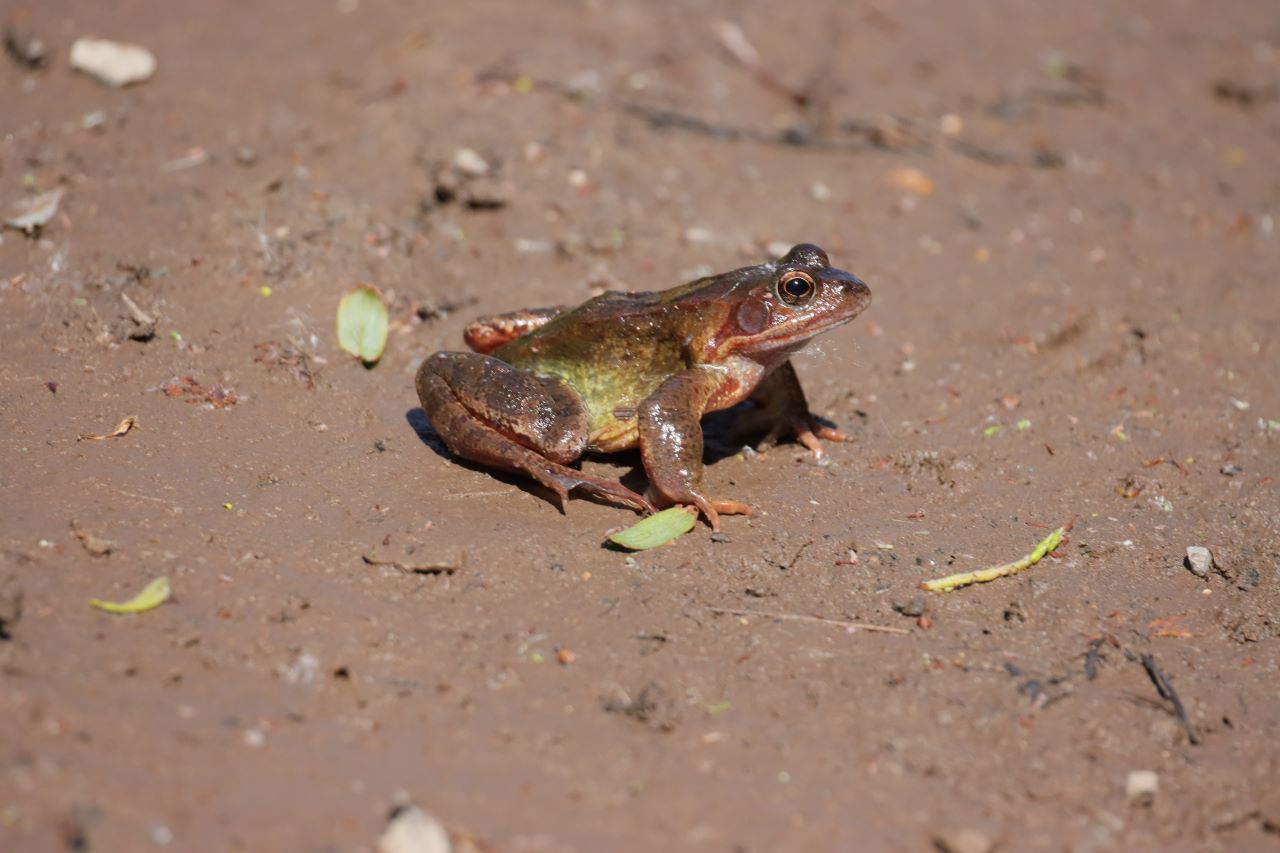


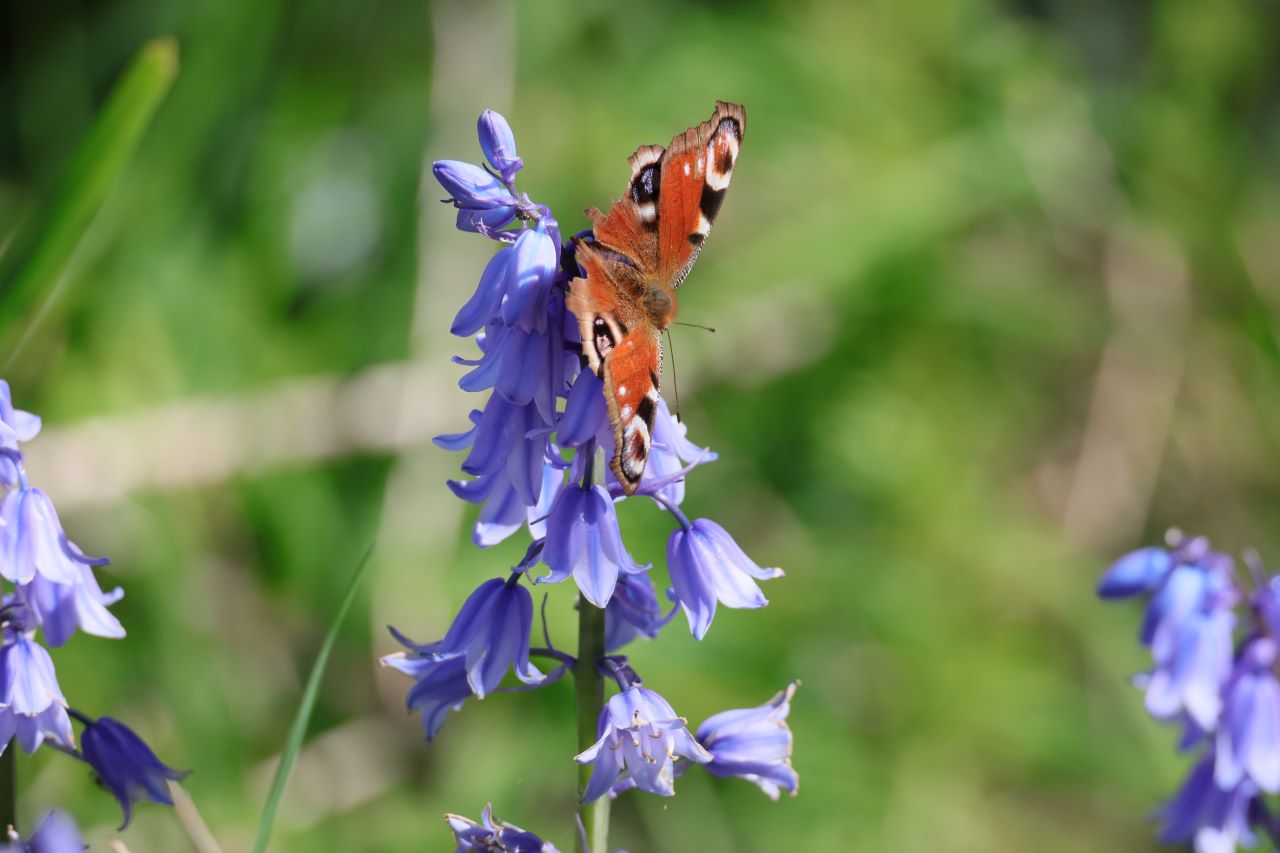
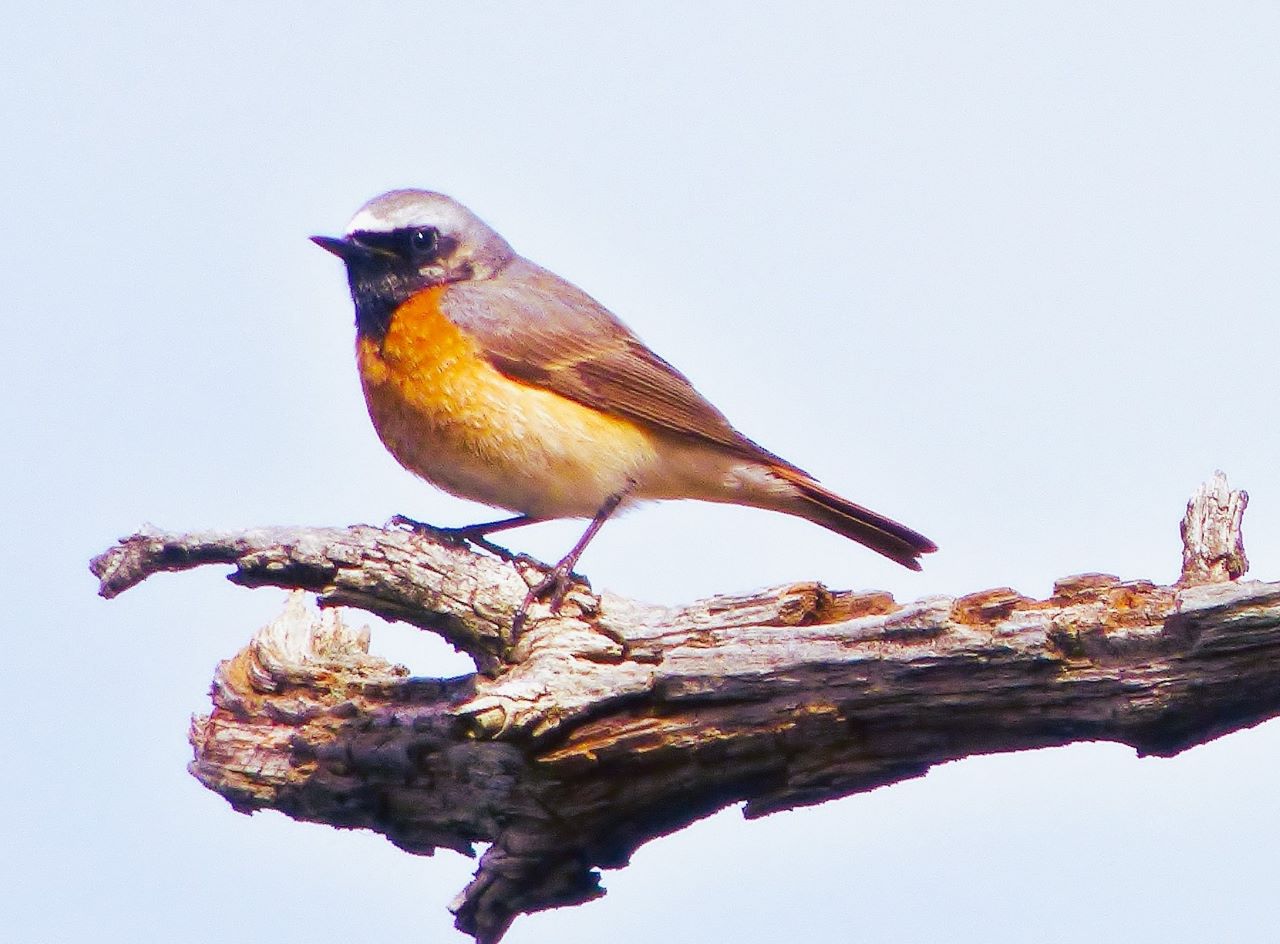


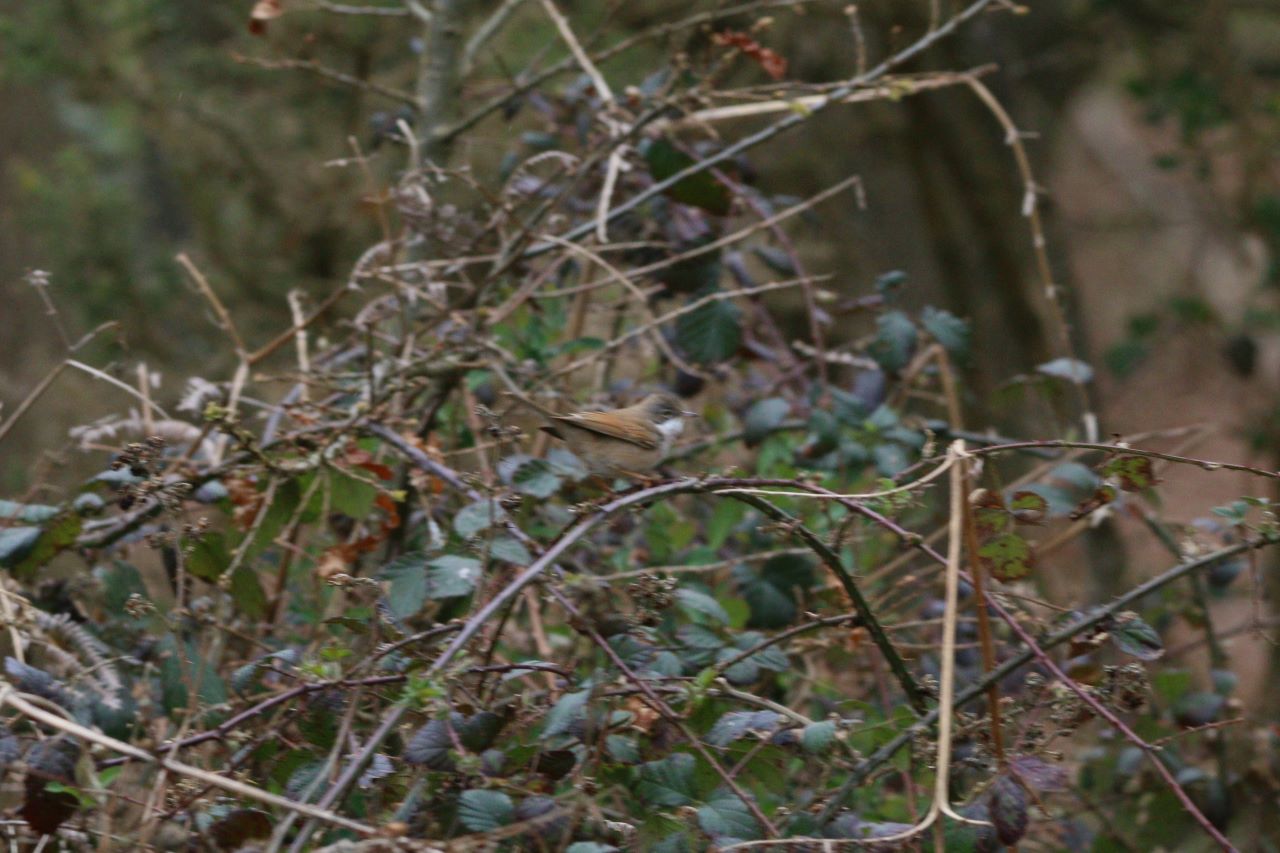
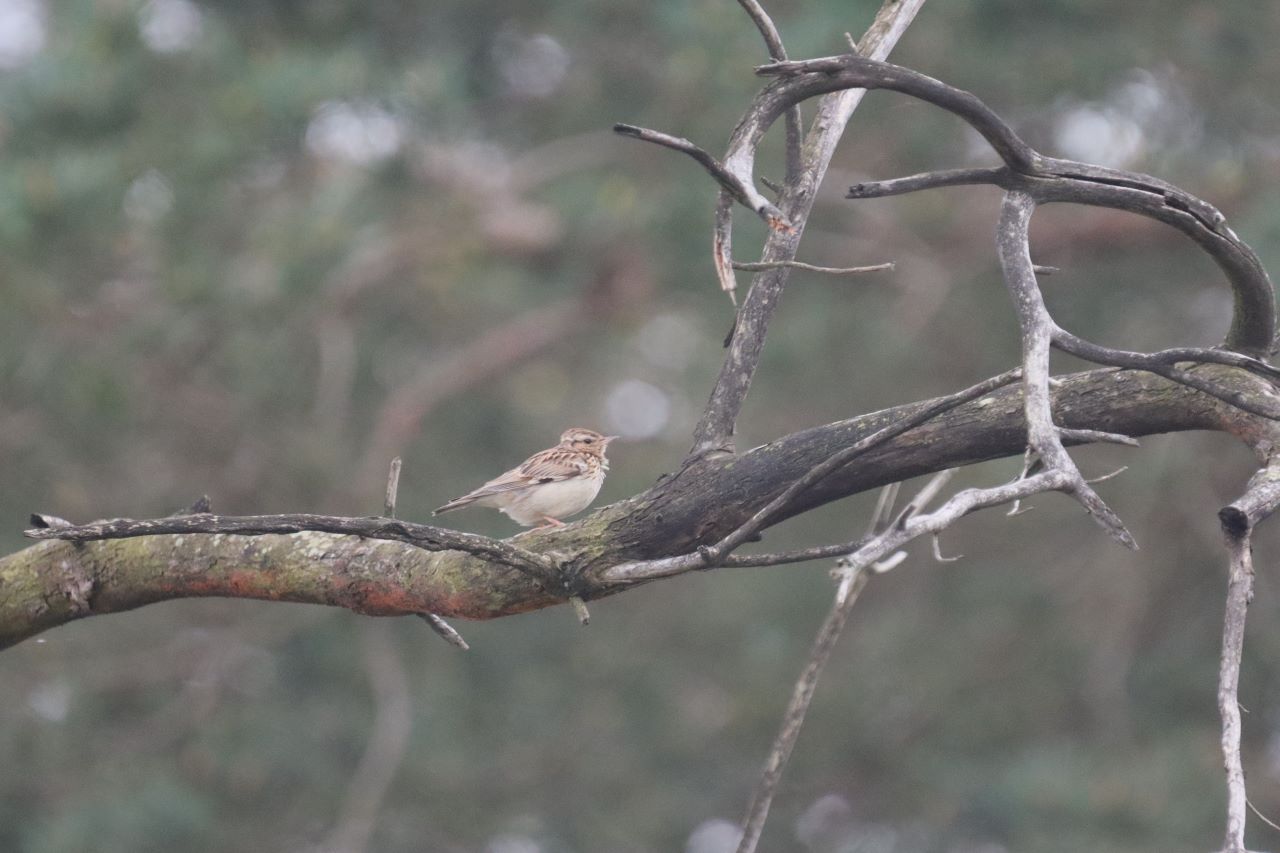
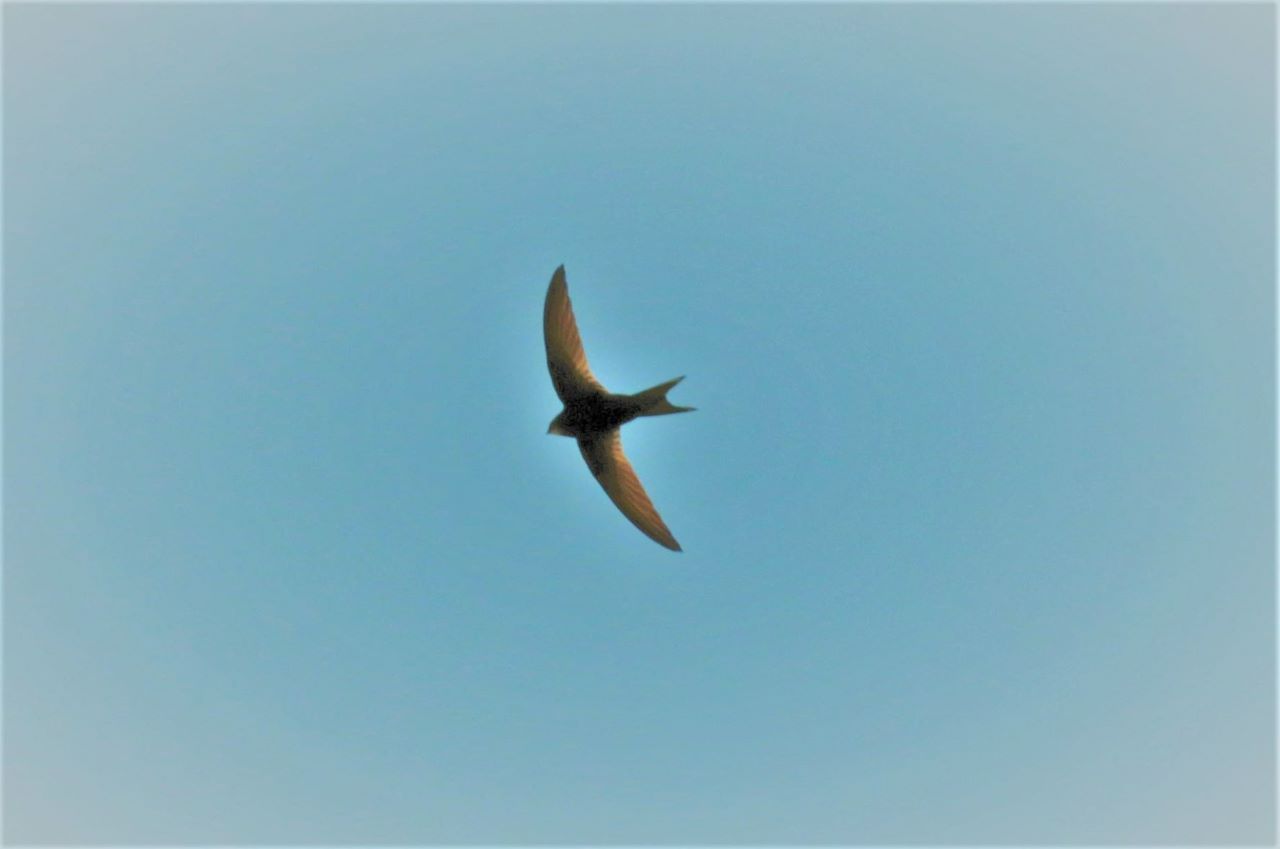

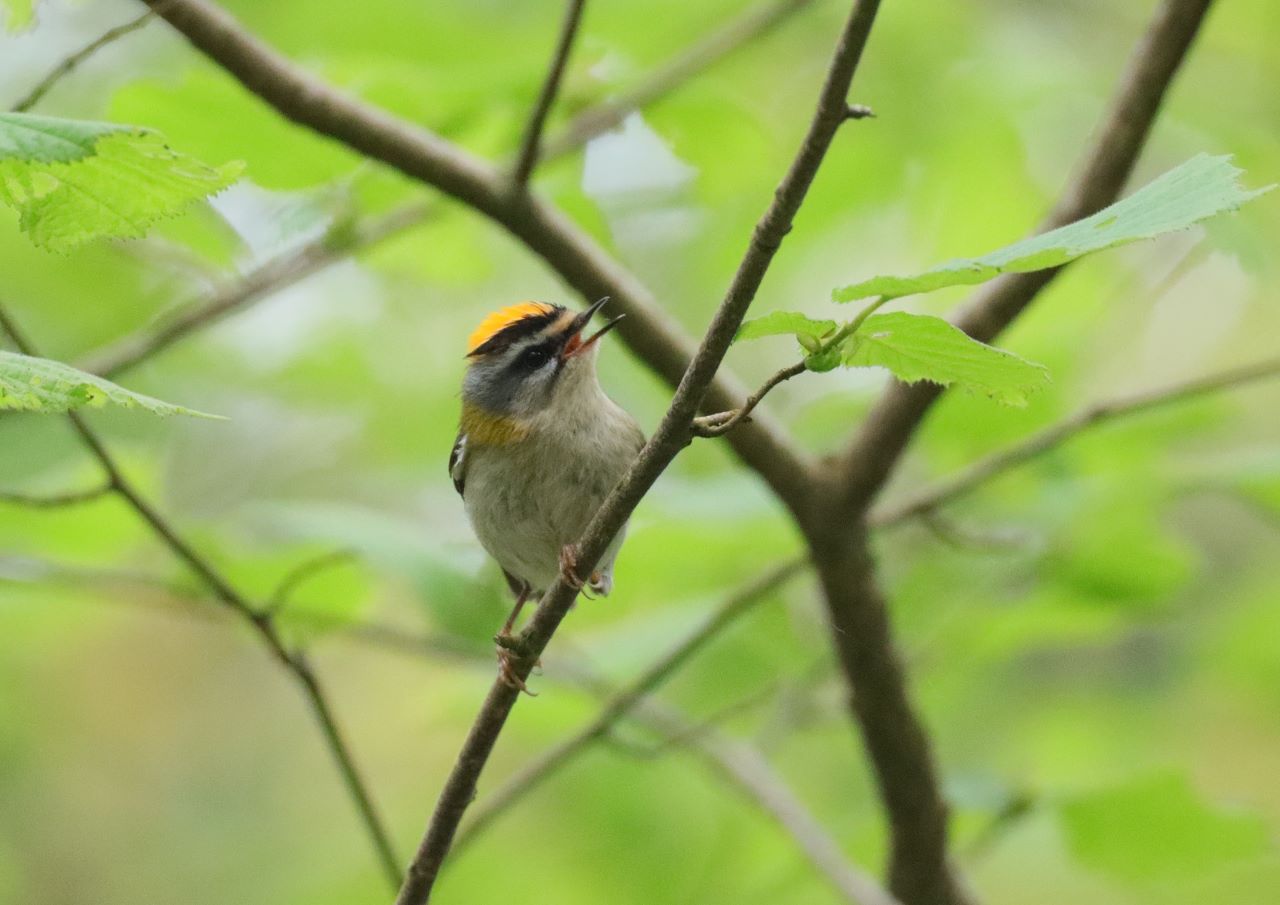
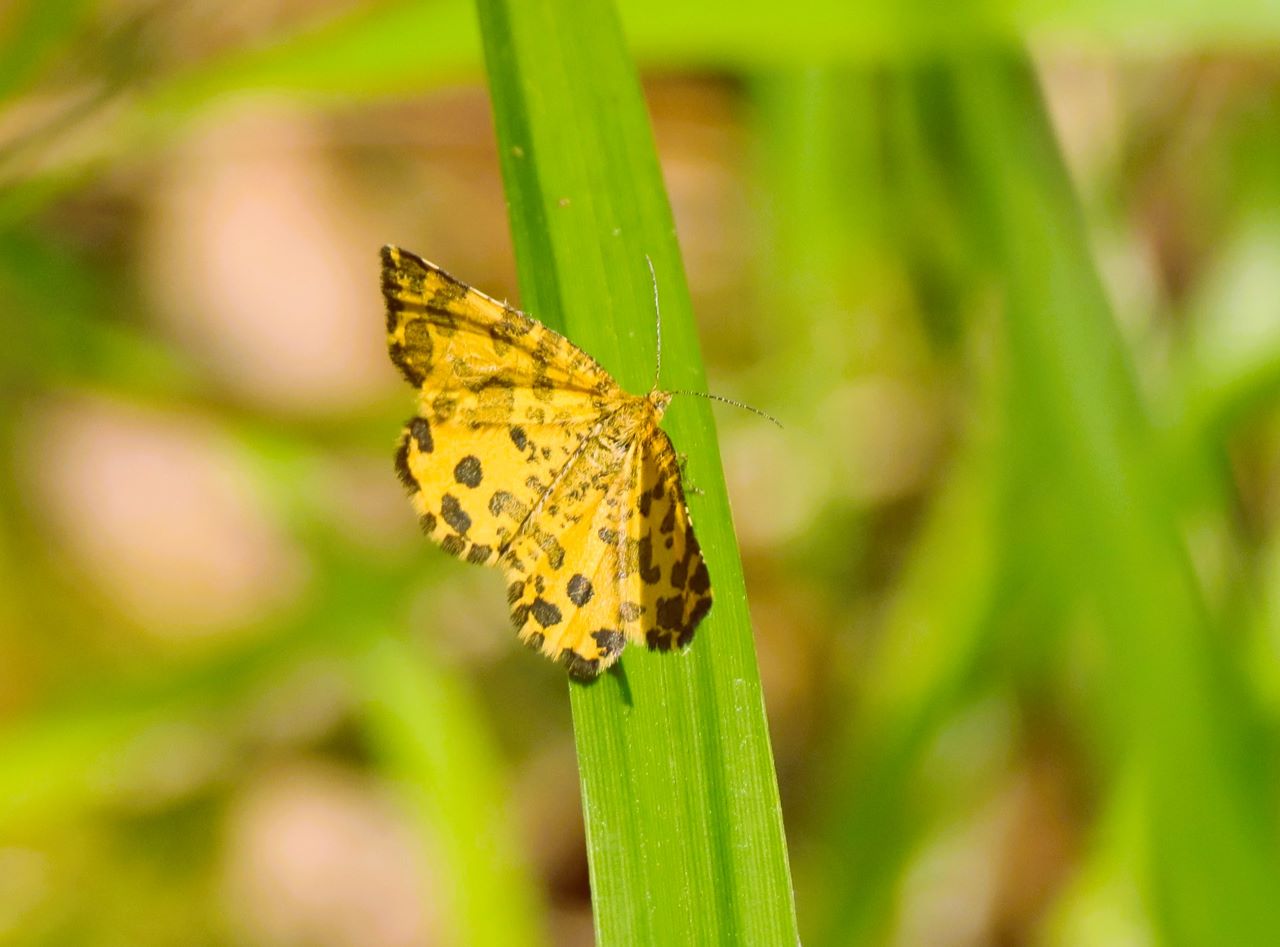


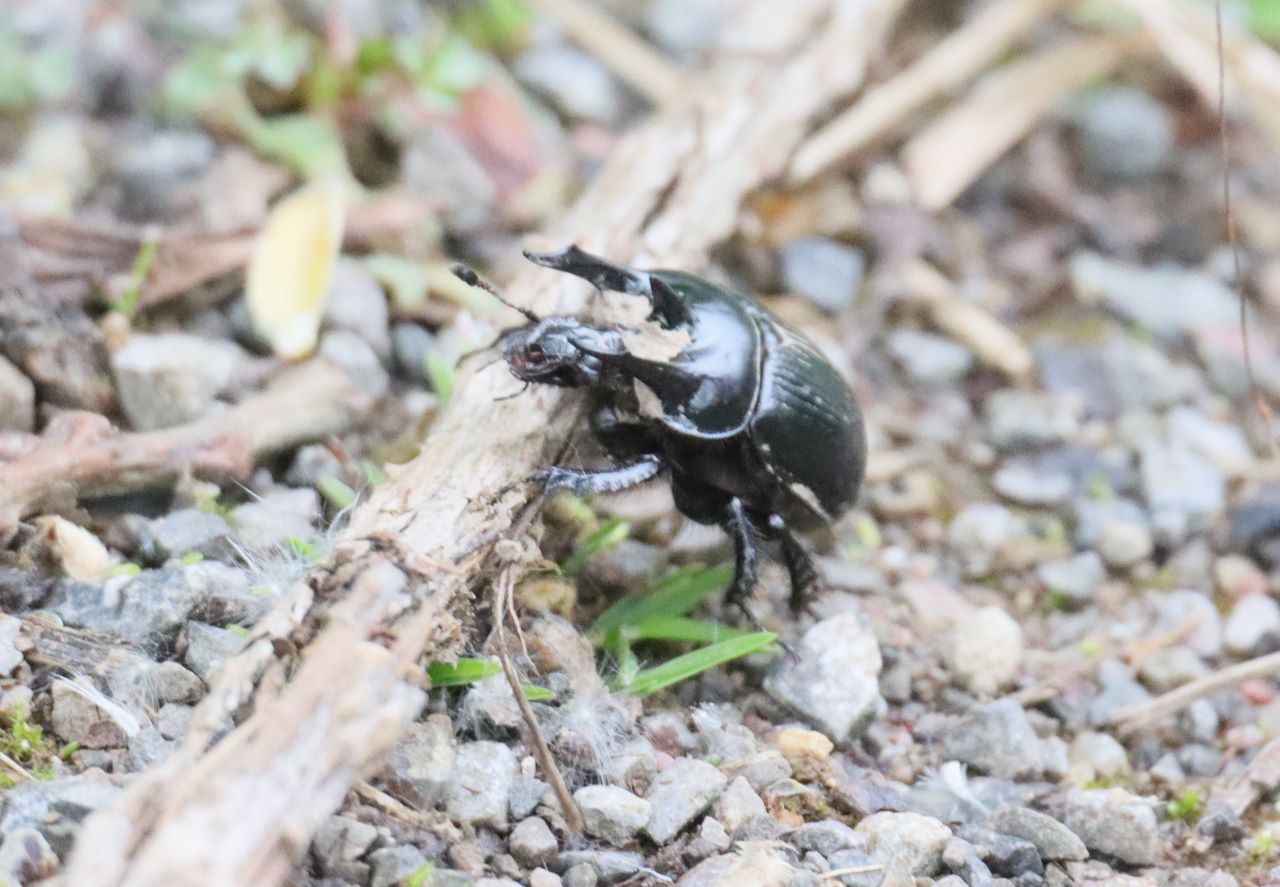

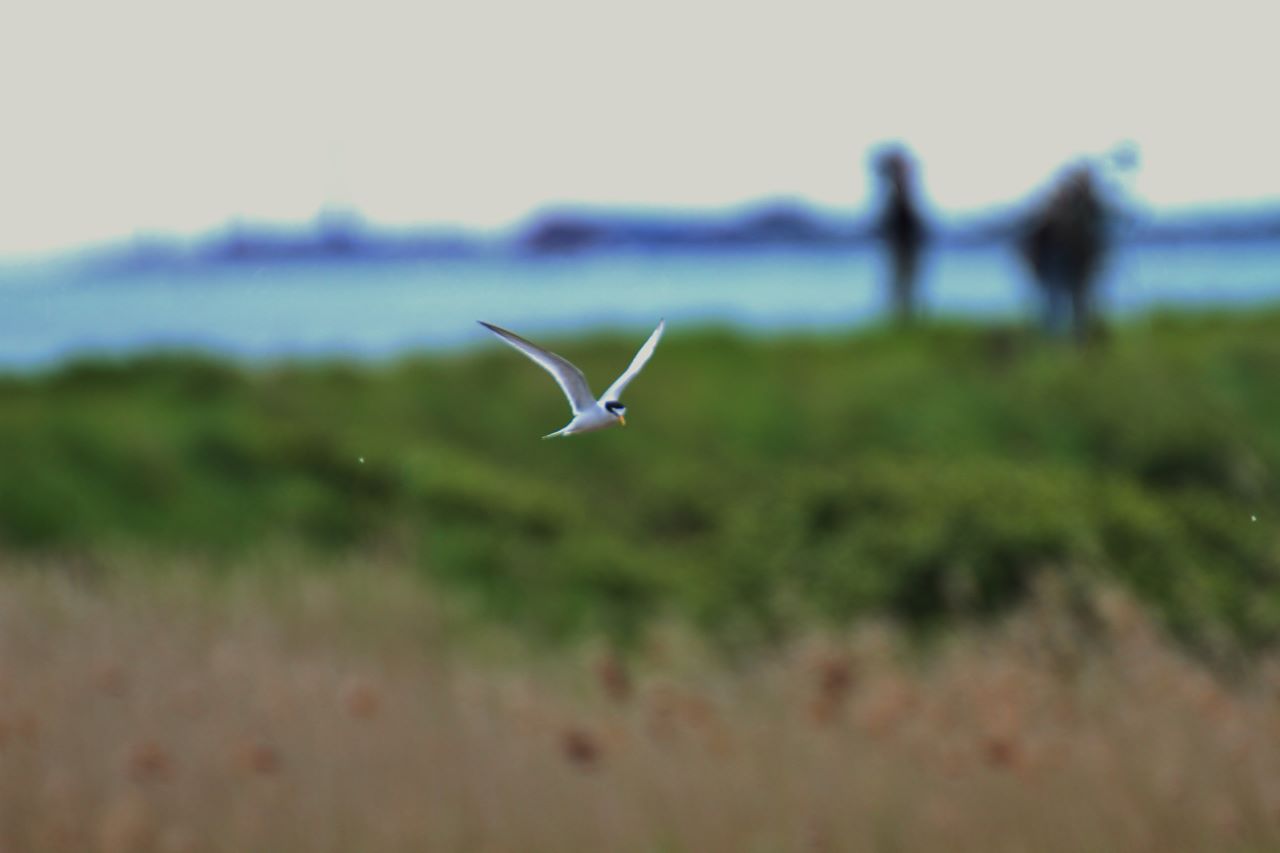


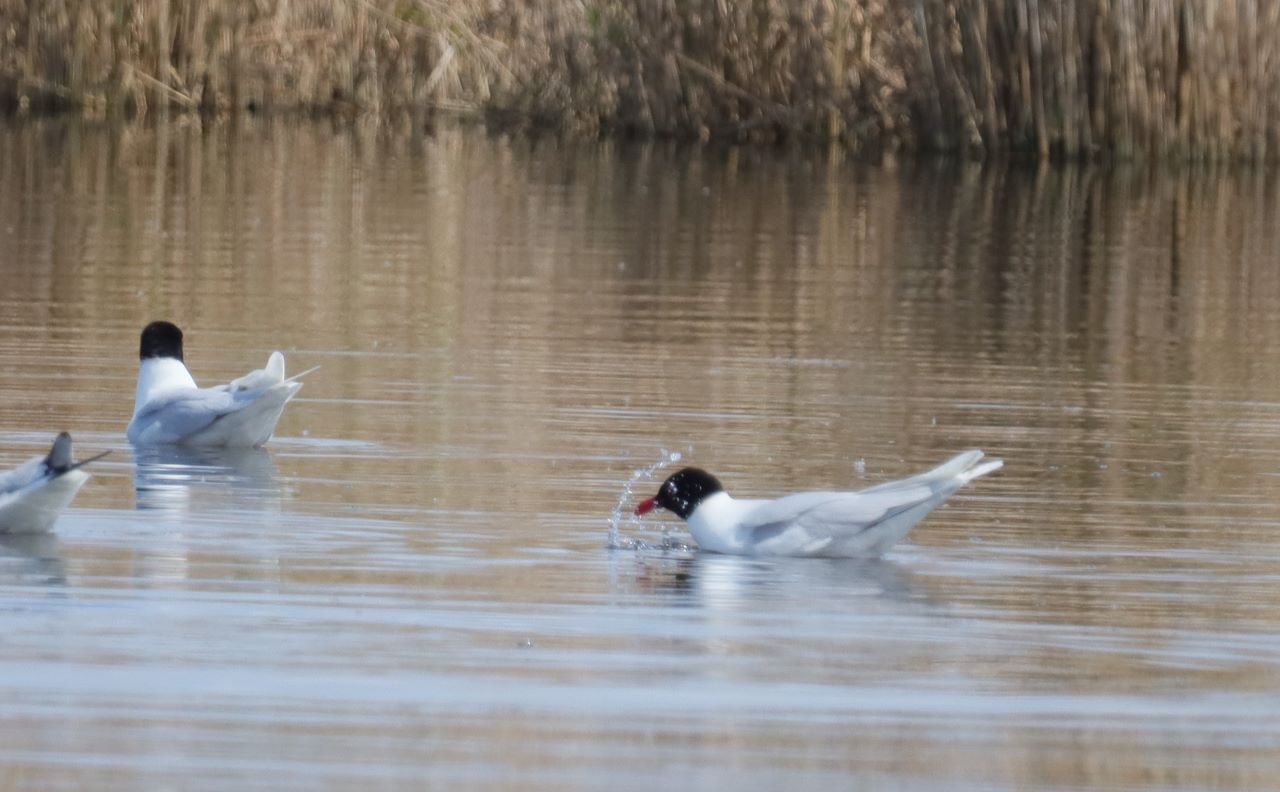

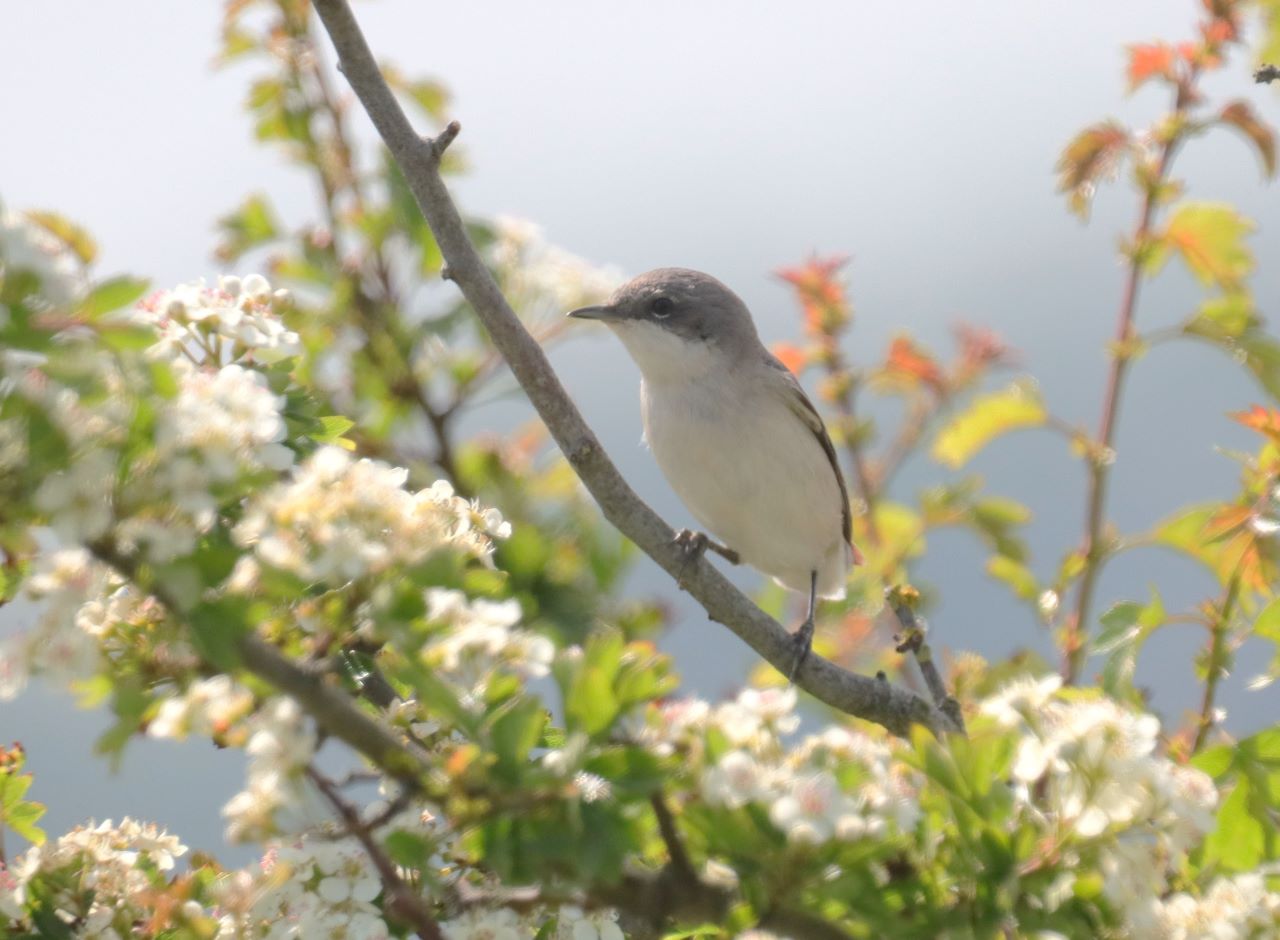






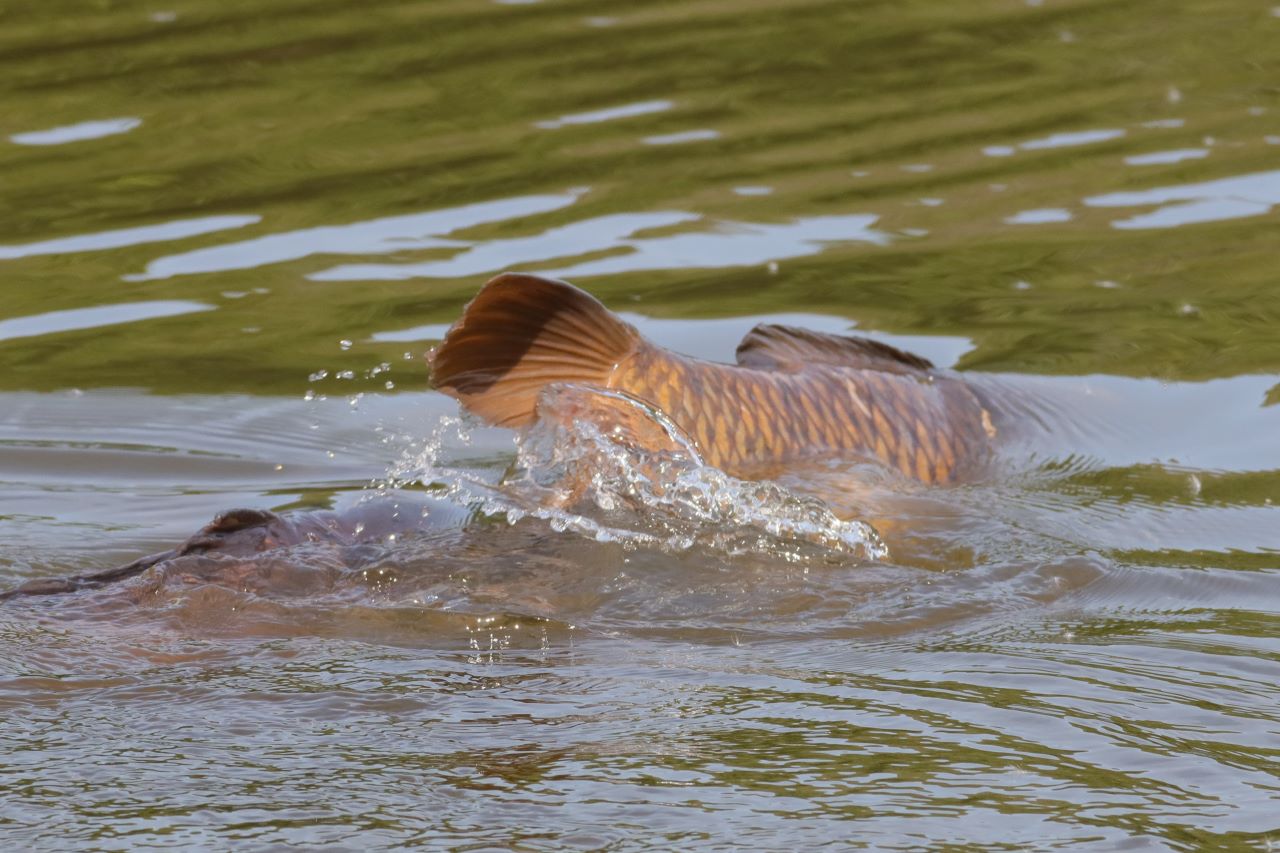

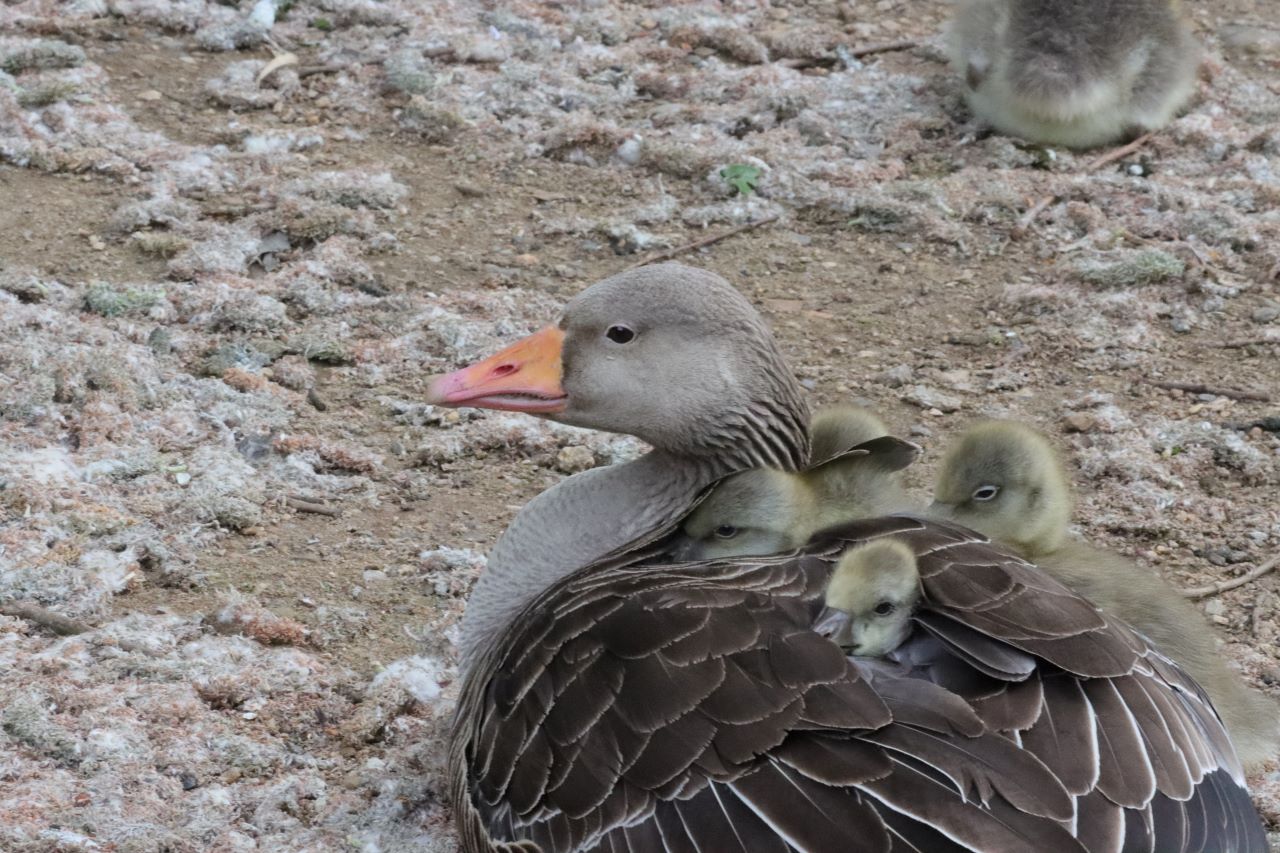
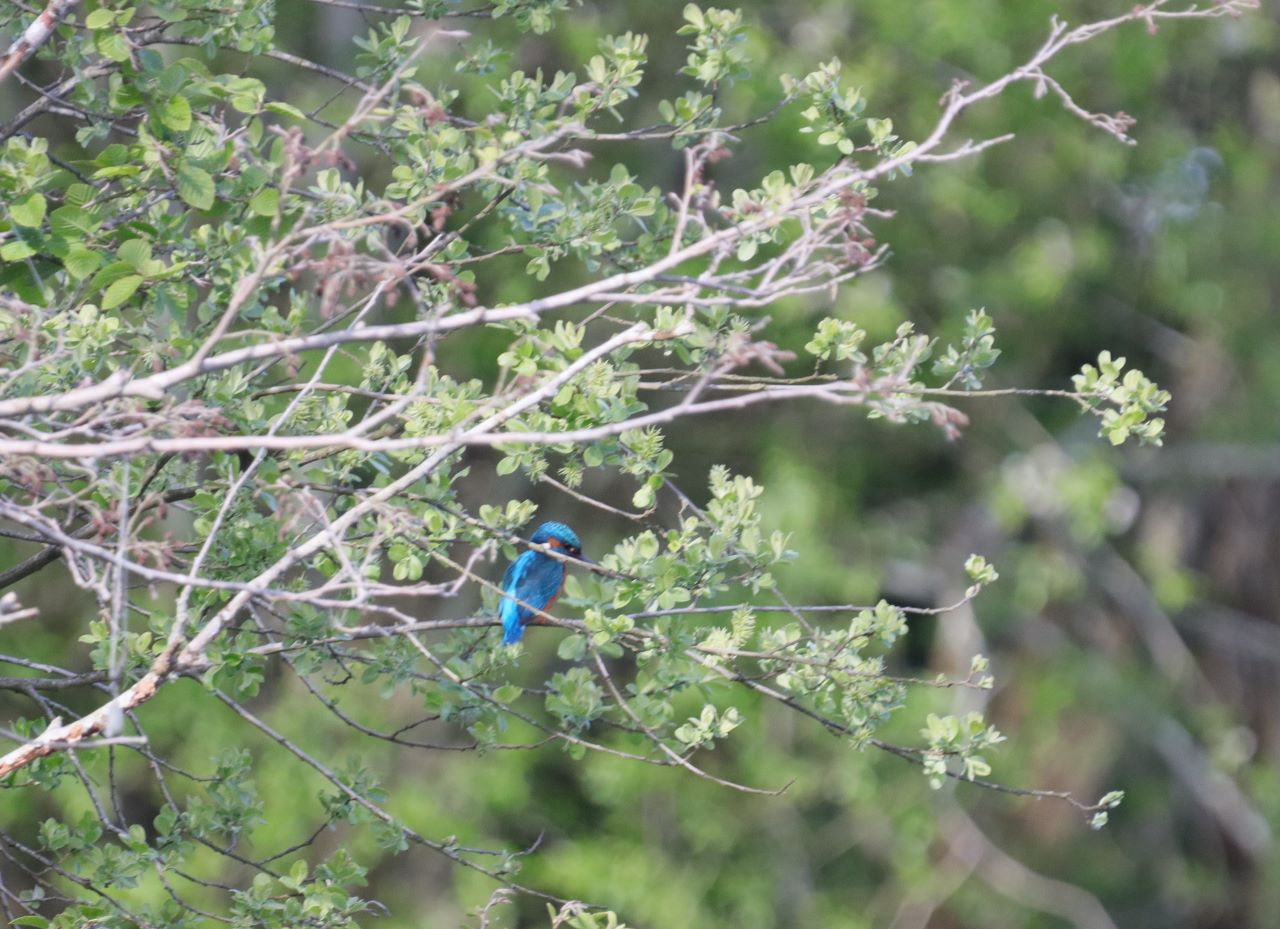
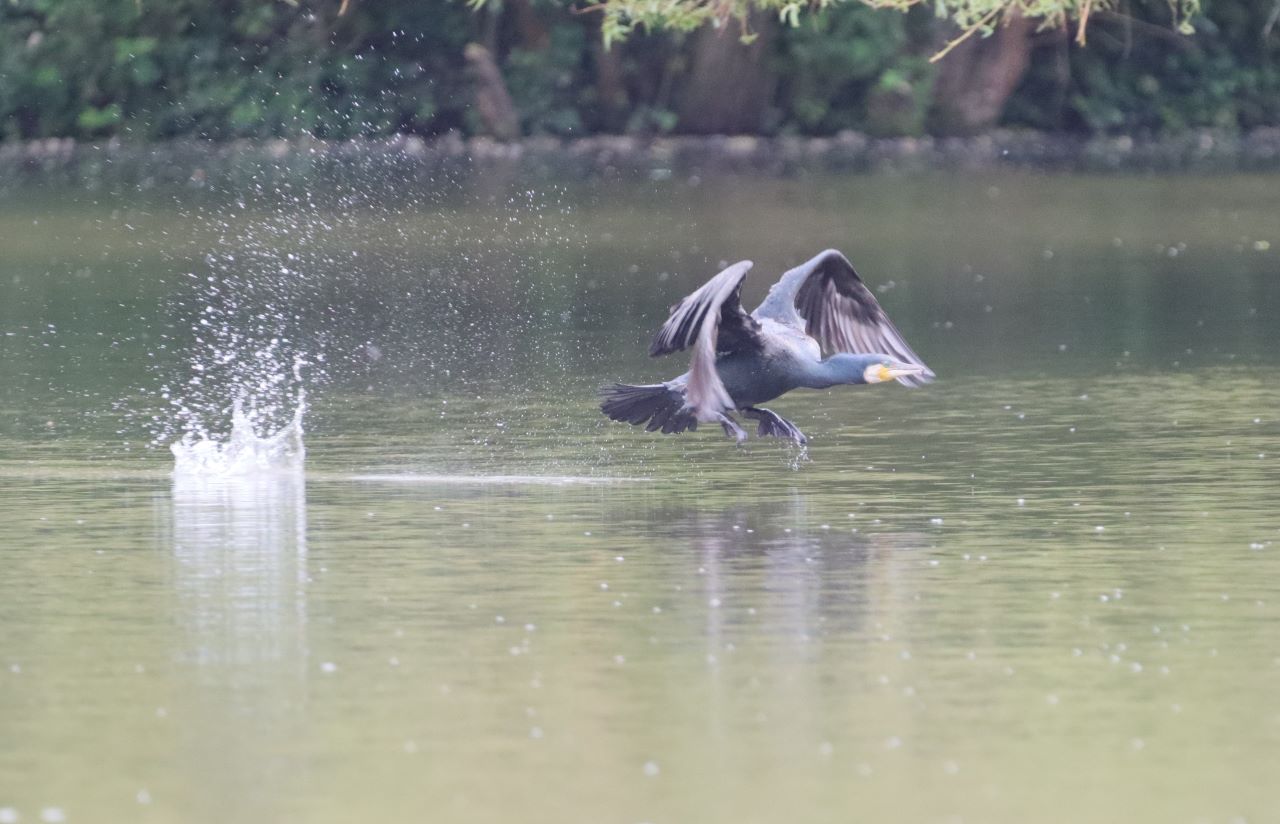

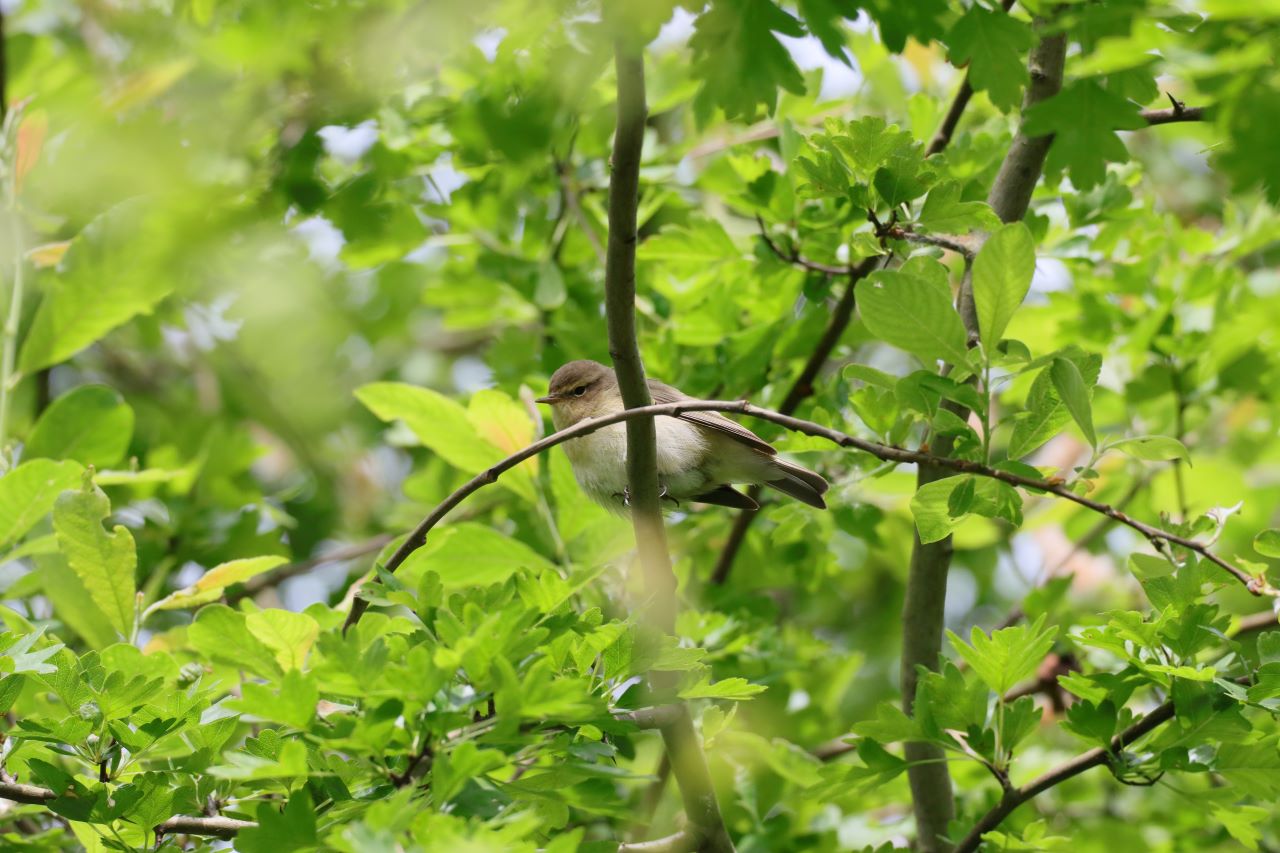
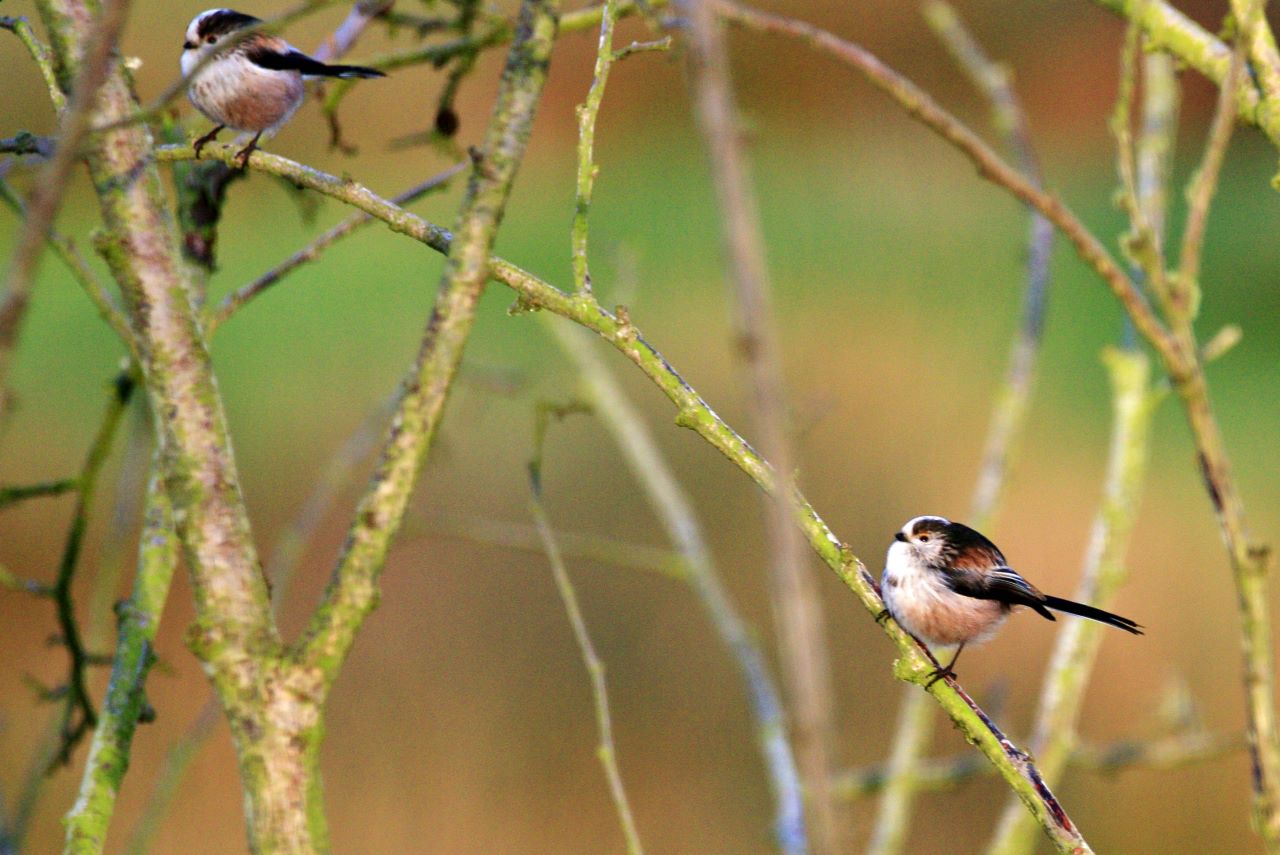

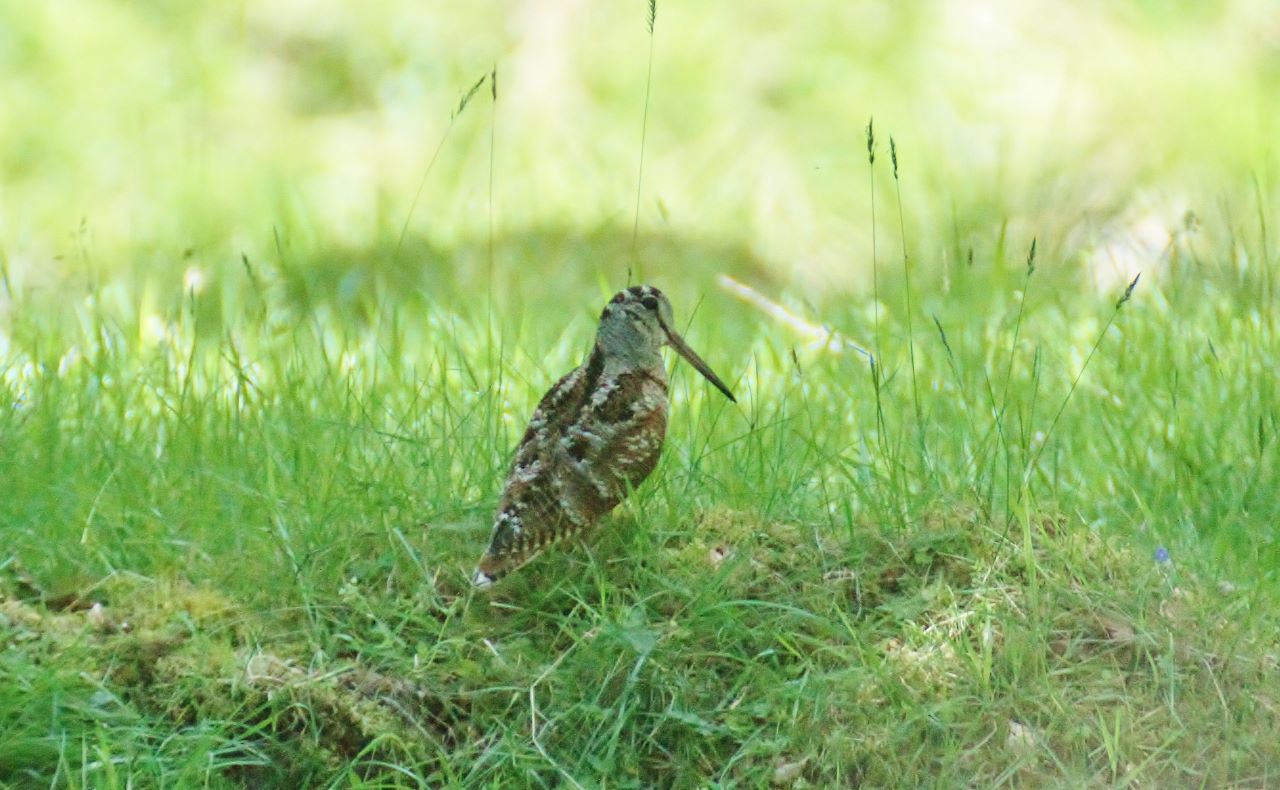




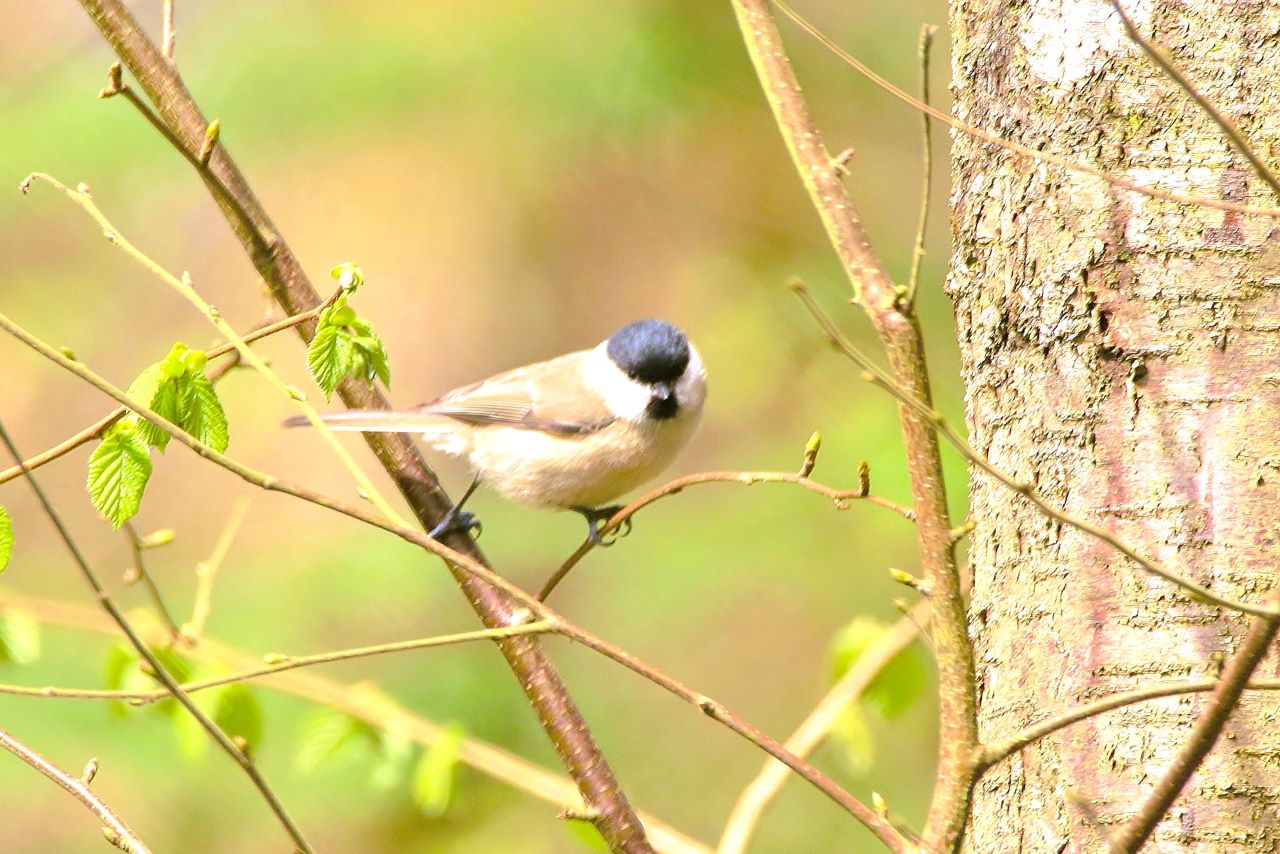
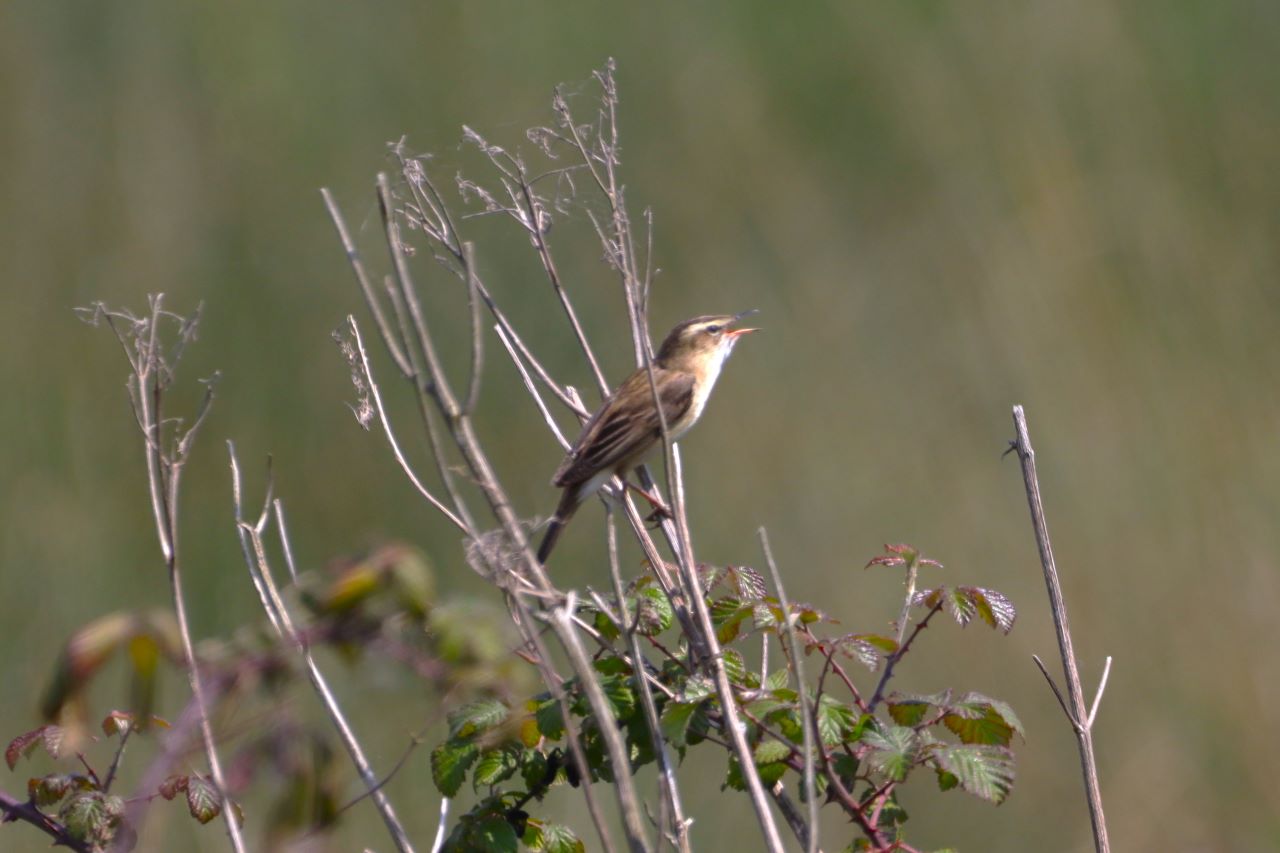
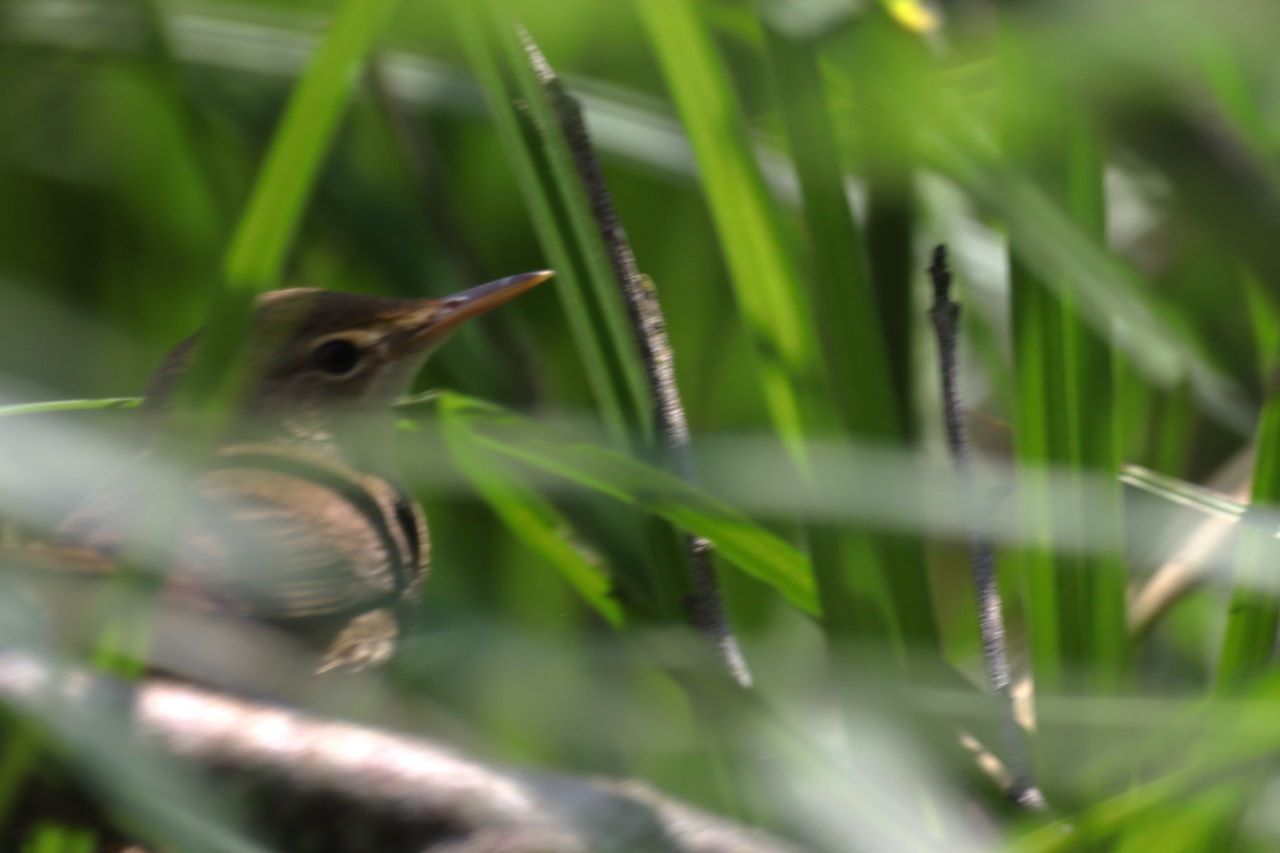

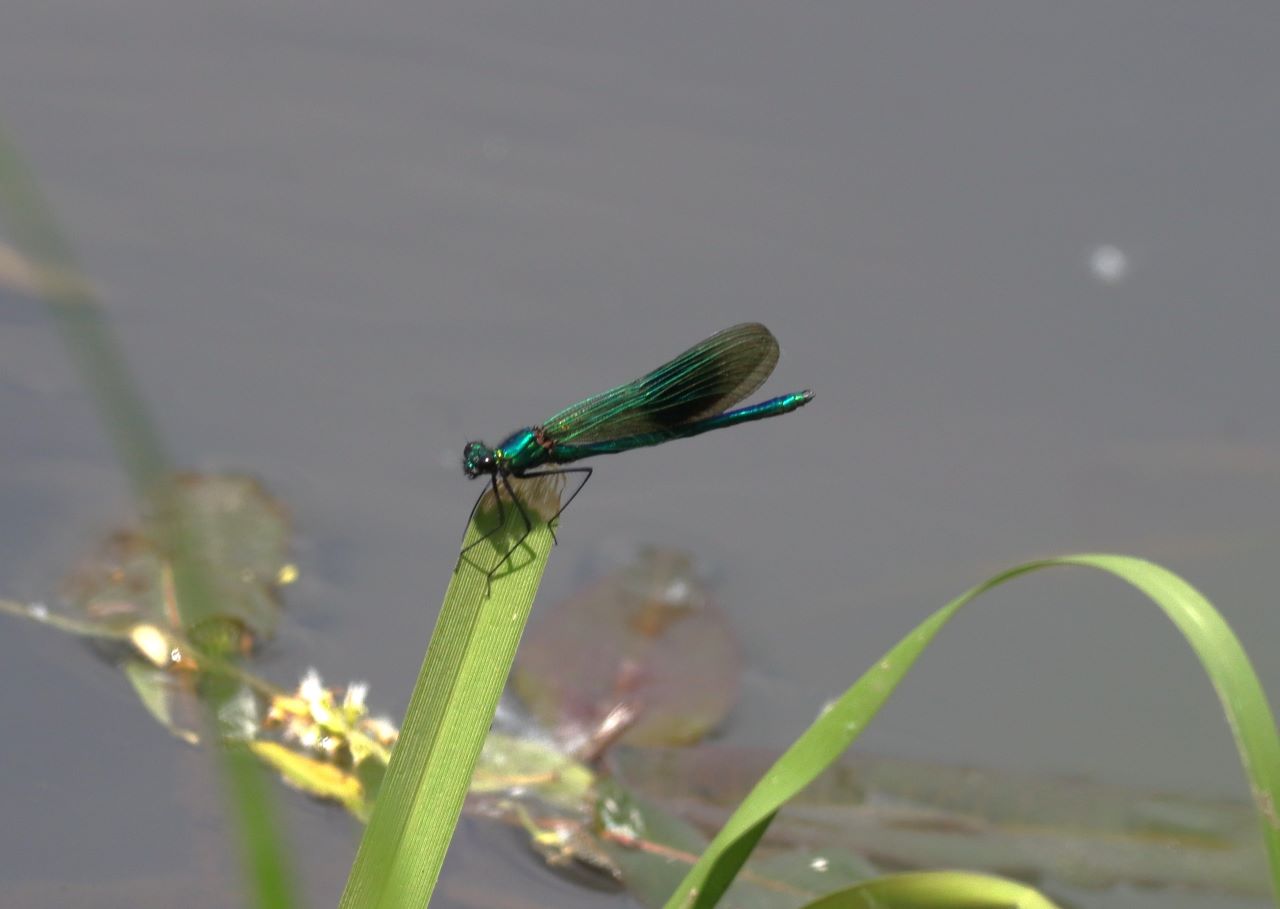






Michael Duff
May 18, 2024 at 5:36 pm
Once again. Thank you so much for sharing these wonderful pictures of our local wildlife.